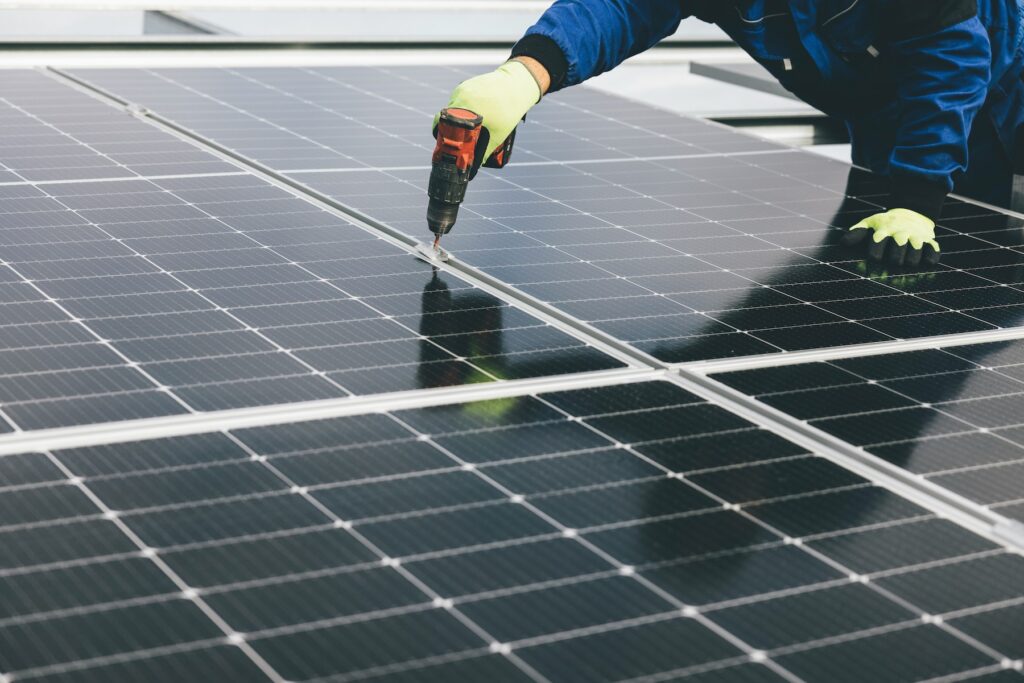Global warming poses significant threats to agriculture and food security, including reduced crop yields, altered growing seasons, increased pest and disease outbreaks, and dwindling water resources.
Global warming, driven by the relentless increase in greenhouse gas emissions, has emerged as a pressing global concern. Among its most far-reaching consequences, the impacts on agriculture and food security stand out as a grave challenge for our future. As temperatures rise, precipitation patterns shift, extreme weather events intensify, and ecosystems face disruption, agricultural systems face an onslaught of challenges.
The delicate balance between crops, livestock, and the natural environment is being upset. This leads to reduced crop yields, altered growing seasons, increased pest and disease outbreaks, and dwindling water resources. Consequently, the stability and availability of our food supply are under threat, posing significant risks to both rural livelihoods and global food security.
Impacts of Global Warming on Crop Production
One critical area affected by global warming is crop production. Agriculture now faces a formidable challenge as rising temperatures, erratic precipitation, and extreme weather events disrupt the delicate balance that sustains crop yields.
Declining Crop Yields
Global warming has the potential to severely diminish crop yields, threatening global food production. According to Environmental Protection Agency (EPA), higher temperatures directly impact the physiological processes of plants, impairing photosynthesis and altering metabolic pathways. Crops like wheat, maize, and rice, which are vital for food security, are particularly vulnerable.
Altered Growing Seasons
According to Cline, changing climate patterns disrupt traditional growing seasons, creating a mismatch between crop varieties and optimal cultivation periods. Warmer winters and shifting rainfall patterns challenge farmers’ ability to predict and plan for sowing and harvesting.
Increased Pest and Disease Outbreaks
Global warming provides favorable conditions for the proliferation of pests and diseases, wreaking havoc on crops, as per EPA. Insects, fungi, and pathogens thrive in warmer temperatures and higher carbon dioxide concentrations, leading to more frequent and severe infestations. The resulting crop losses reduce yields.
Impact of Global Warming on Water Availability and Irrigation System
One of the most significant consequences of rising temperatures is the alteration of water availability and the subsequent strain on irrigation systems. As climate patterns shift and extreme weather events become more frequent, water resources face unprecedented pressures.
Changing Precipitation Patterns
According to EPA, global warming disrupts precipitation patterns, leading to an increased occurrence of droughts, floods, and erratic rainfall. Regions that rely on regular rainfall for agricultural activities face uncertainty and instability in the water supply. Dry regions become drier. Conversely, heavy rainfall events pose threats that affect both water quality and agricultural productivity.
Melting Glaciers and Reduced Snowpack
Mountainous regions that serve as water towers for downstream areas are experiencing the accelerated melting of glaciers and reduced snowpack due to global warming. These natural water storage systems play a crucial role in maintaining river flows and groundwater recharge during dry seasons. The loss of glaciers and diminished snow accumulation disrupts the timing and availability of water resources.
Increased Evapotranspiration and Water Losses
Higher temperatures associated with global warming intensify evapotranspiration rates, leading to increased water losses from soil and plant surfaces. This accelerated evaporation, coupled with the higher demand for water by growing crops, places additional stress on water resources.
Mitigation and Adaptation Strategies
To address the challenge of global warming, a two-pronged approach is required: mitigation and adaptation. Mitigation focuses on reducing greenhouse gas emissions to limit the extent of future climate change, while adaptation entails adjusting our systems and societies to minimize the adverse effects of climate change that are already unfolding.
Transition to Renewable Energy
Shifting away from fossil fuels towards renewable energy sources such as solar, wind, and hydroelectric power is crucial for reducing emissions from the energy sector, a major contributor to greenhouse gas emissions, according to Active Sustainability.
Energy Efficiency
Enhancing energy efficiency in buildings, transportation, and industrial processes can significantly reduce energy consumption and associated emissions.
Enhanced Water Management
Implementing innovative water management techniques, such as rainwater harvesting, water recycling, and improved irrigation systems, can mitigate water scarcity and ensure sustainable water use in the face of changing climate conditions.
Climate-Smart Agriculture
Promoting climate-smart agricultural practices, including crop diversification, conservation agriculture, and efficient water and nutrient management, can enhance agricultural productivity and build resilience to climate-related risks.
How Can We Mitigate the Effects of Climate Change
Mitigating the effects of climate change requires a comprehensive and collective effort from individuals, communities, governments, and organizations. By embracing sustainable practices such as transitioning to renewable energy sources, improving energy efficiency, implementing climate-smart agriculture, and promoting responsible land use, we can reduce greenhouse gas emissions and build resilience to climate impacts.
At BillionBricks, we aim to contribute to the mitigation of climate change through our net zero homes and communities. Aside from providing solutions to housing problems, our net zero homes reduce the impact of the construction industry on the environment. To know more about our BillionBricks and our net-zero homes and communities, please email us at hello@billionbricks.org
Sources
-
US Environmental Protection Agency. (n.d.). Climate Change Impacts on Agriculture and Food Supply. Retrieved from https://www.epa.gov/climateimpacts/climate-change-impacts-agriculture-and-food-supply
-
Cline, William. (2008). Global Warming and Agriculture. Retrieved from https://www.imf.org/external/pubs/ft/fandd/2008/03/pdf/cline.pdf
-
CIESIN. (n.d.). Impact of Climate Change on Crop Production. Retrieved from http://www.ciesin.org/TG/AG/cropprod.html
-
Active Sustainability. (n.d.) Mitigation and Adaptation Strategies. Retrieved from https://www.activesustainability.com/climate-change/mitigation-adaptation-climate-change/?_adin=0744901958





